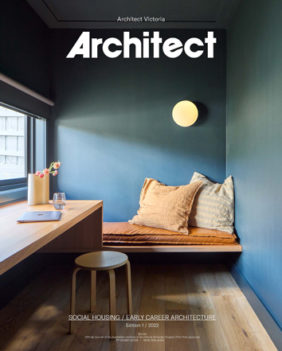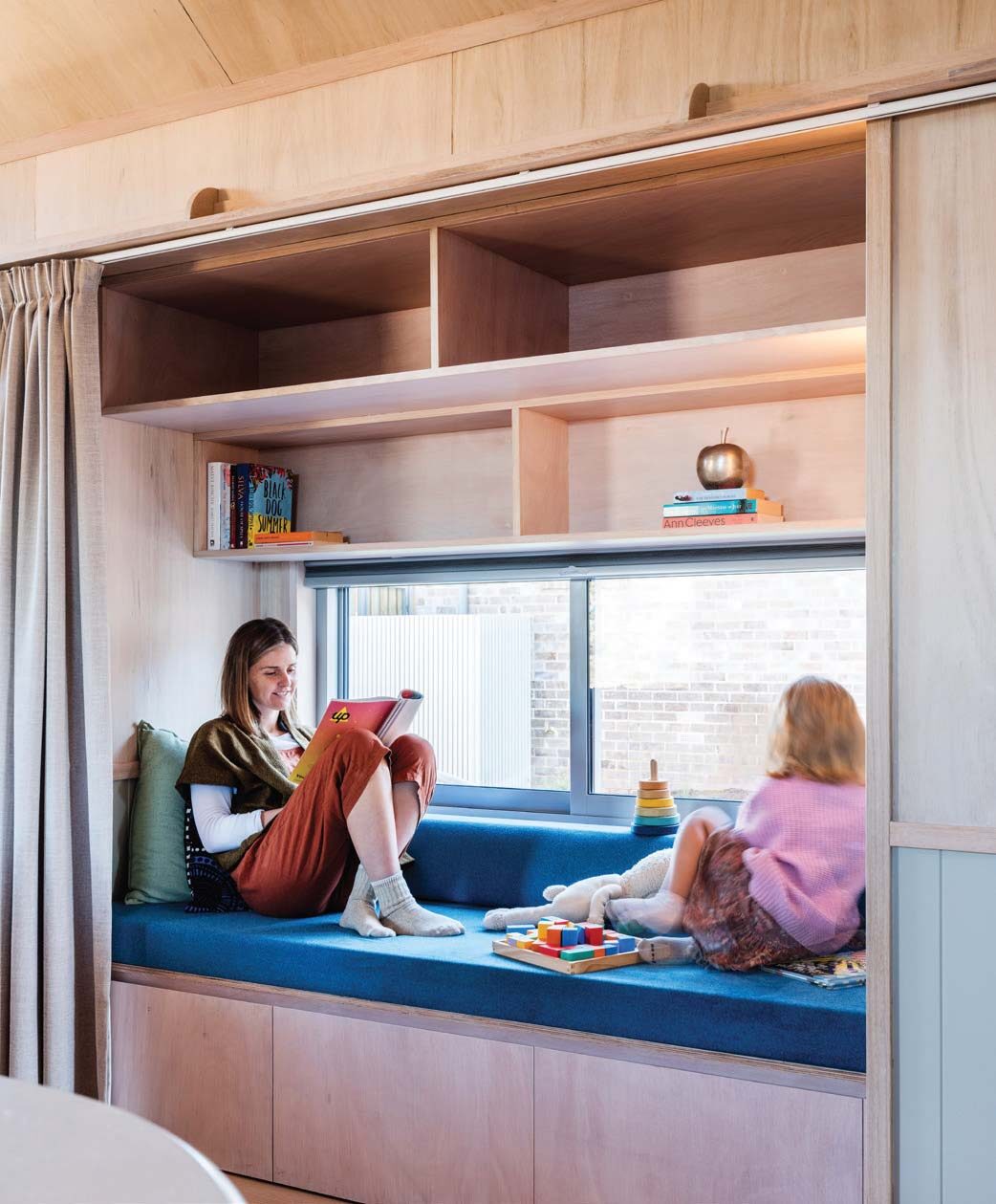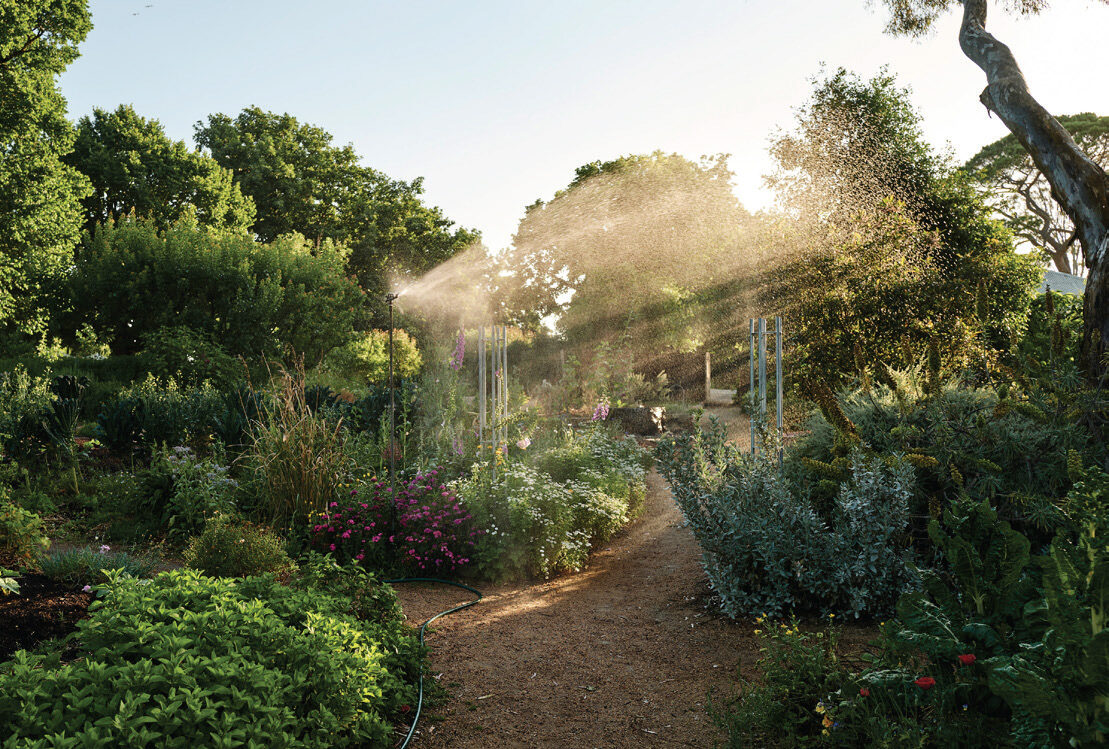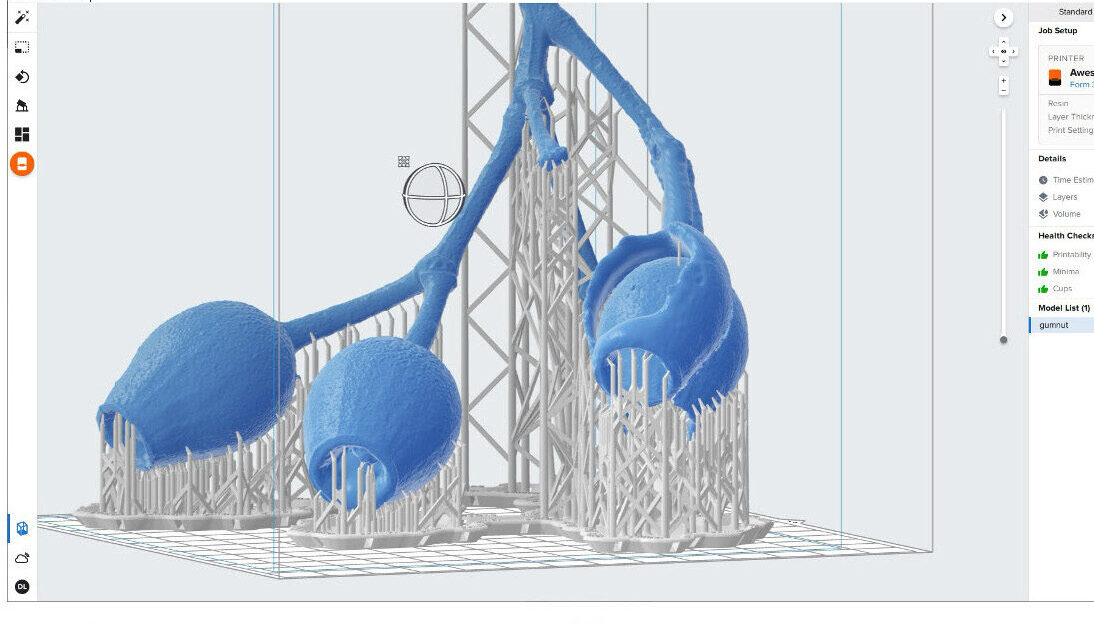Maggie Edmond: Edmond & Corrigan
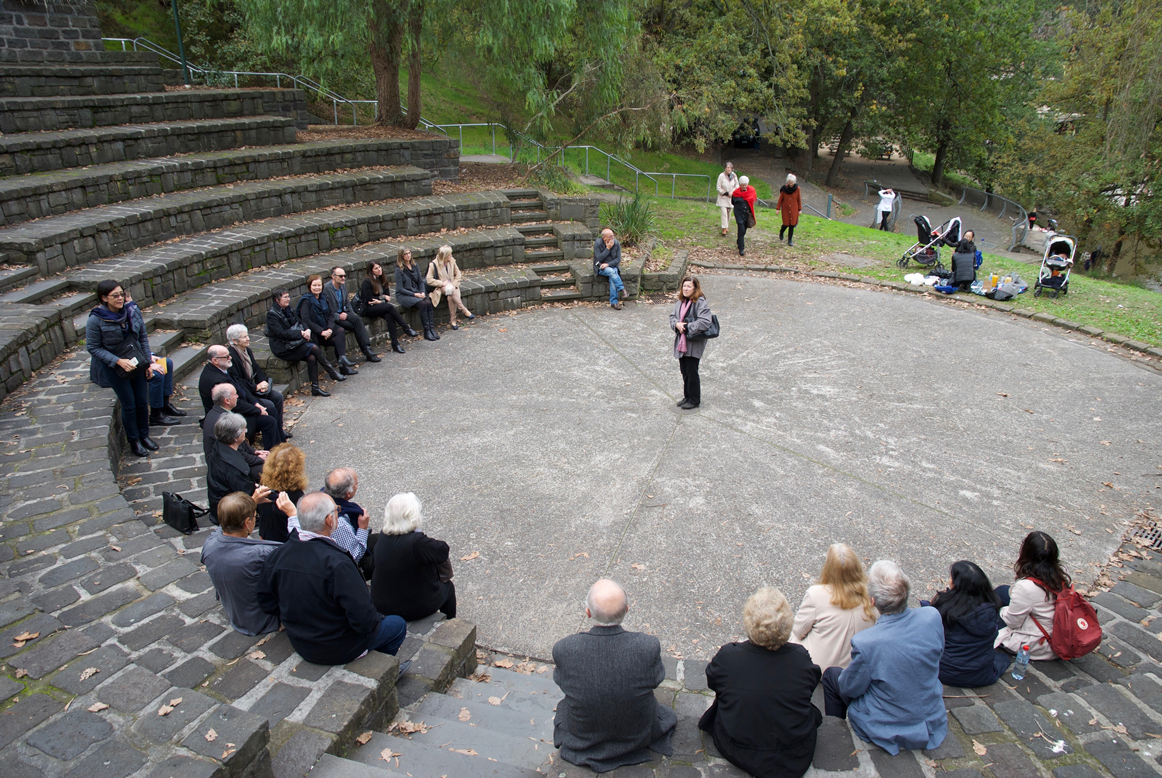
Edmond & Corrigan has employed an incomparable number of young architects who have gone on to have prolific careers with their own practices or as sole practitioners. Daniel Moore asked practice director Maggie Edmond some questions.
Q How did you mentor early career architects during that phase? Was there a characteristic that you could see in your employees that let you know they were heading in that direction?
They were breathing in the air. Students observed and worked on the design process, built the models, and met the clients. It was a very democratic office. There was no receptionist, anyone could pick up the phone and take messages; everybody knew what everyone else was doing. We didn’t have a hierarchy or an office management practice manual. Peter had worked in very significant architect’s offices on the east coast of the US, where he picked up some incredible experience. It wasn’t any one architect in particular that he was invoking. He could turn the dial and instantly change his attitude or approach. But most importantly, he had no fear. He saw that the architect’s role and charisma was something to be respected and applauded. So when it came to mentoring the students, they just breathed it in and sensed it. The message comes out in the design.
Q: What do you think is essential for people who one day want to start their own practice? Should they experience as much as possible at multiple practices or get exposed to a lot within a single practice?
The more diverse the experience, the better. The reality is that all architecture offices are different. If someone wants to work for only one practice, then they need to expand their horizons and emote with others. Young architects should share their experiences and ideas as if they were the architects themselves. Many years ago, senior architects educated the juniors through an apprentice-style system. Students would work in an actual architectural studio environment, on real projects, with practicing architects teaching them. I think that’s what the students working in our office obtained; an apprenticeship experience – working and studying part-time. An ability to understand the application of what they are learning at the university is important about working while you study.
Q: You have an awe-inspiring list of apprentices who’ve had impressive careers. Have you ever thought about why they’ve all gone on to do so well?
I think Peter encouraged them. There were architects who had worked in the office as students who opened their own practices, who would return and discuss with him the work they had done. He had the ability to inspire, encourage, and make them feel the he was following their careers. A kind of nurturing, which they initially held on to! Once you get on the right path, there’s no looking back. But I also have to mention passion. I think being passionate is an essential part of being a successful architect. Whether expressed or not. Architects want to design buildings of renown and enjoy their work being experienced and discussed. There’s a bit of passion in ego and a bit of ego in passion. It’s hard work and it’s long work. In our office this was combined with employees who showed ability before they even started to work in the office; then by giving them a pair of roller-skates, they went out and took on the world.
Maggie Edmond LFRAIA is the principal of Edmond & Corrigan, one of the most prestigious post-modernist firms in Victoria. Maggie’s work has been highly awarded across multiple typologies over the decades. Some of her work includes RMIT Building 8, the VCA Theatre Building in Southbank, and the Fairfield Amphitheatre.
Daniel Moore RAIA is a registered architect and director of the architecture and creative practice Open Creative Studio. Daniel is the immediate past co-chair of EmAGN Victoria, a curator of New Architects Melbourne, and the host and co-producer of Hearing Architecture and the New Architects Podcast.
Edmond & Corrigan Alumni 1975-1992
Source – Cities of Hope: Australian Architecture and Design by Edmond & Corrigan, 1993
Paul Abraam
Nicholas Andrew
Geoffrey Barton
Nigel Bertram
David Beynon
Rob Bienvenu
Peter Brew
Ann Butler
Dean Cass
Larry Cirillo
David Craven
Gerald Curran
Paul DeMillio
Antony Dimase
Marc Dixon
Elizabeth Earle
Anna Ely
Brendon Farrelly
Nigel Fitton
Selina Fong
Ann Gallon
Philip Goad
Sean Godsell
Deborah Havelka
Allen Hicks
Paul Hope
David Hunt
David Johnson
Ian Johnson
Peter Kinsella
Ann Lau
Alexandra Lawlor
Richard Lee
Richard Leonard
Don Ling
Wilson Ma
Andrew MacDonald
David MacDonald
Ian McDougall
Simon McKeown
Peter Malatt
Grant Marani
Michael Markham
Robert Mirams
Paul Morgan
Michael Ng
Patrick Ng
Zvonko Orsanic
Adrian Page
Anthony Parker
Michael Phillipson
Christopher Pykel
Jonathan Sarfaty
Andrew Shaw
Gerry Tibbals
Francesco Timpano
John Valmas
David Walker
John Wardle
Andrew Weldon
Peter White
Christopher Wood
Roger Wood
Marie Yahiro
Arthur Yue
